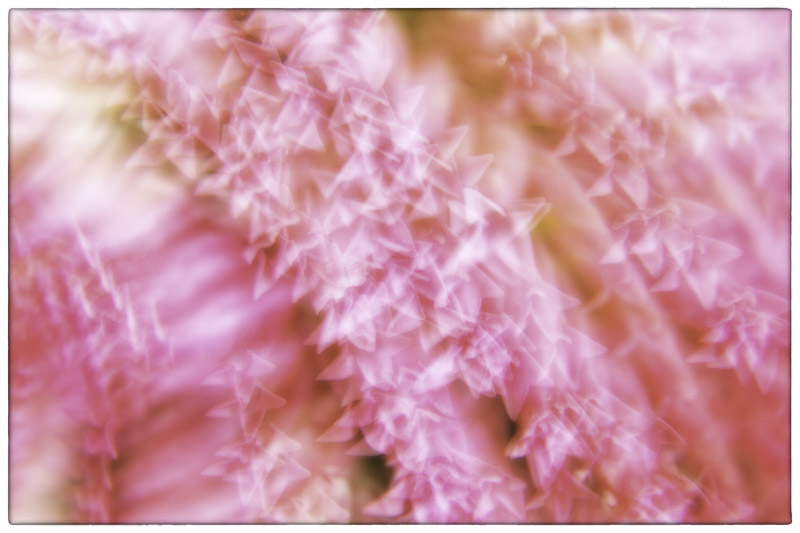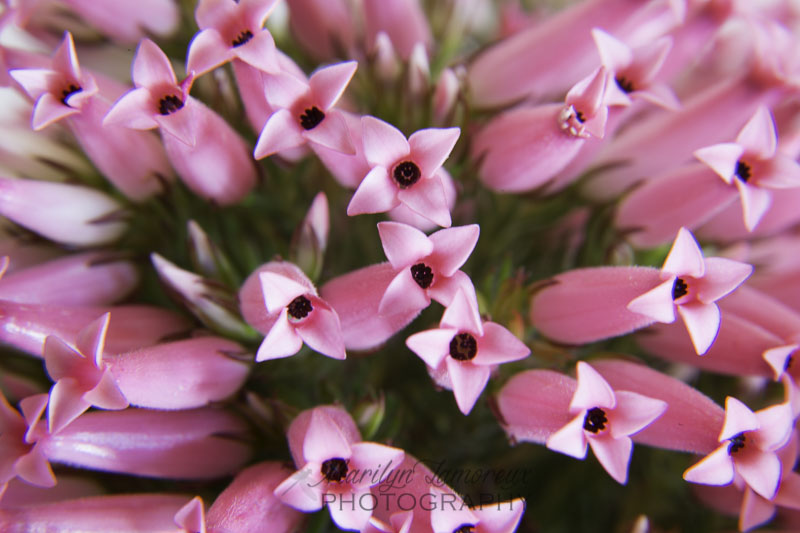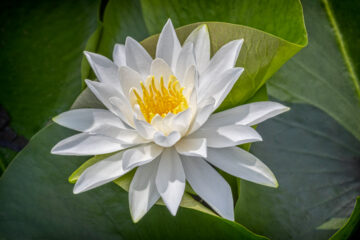It’s no secret that I love to read. Recently I’ve read a number of books that felt like sparks of light. I love it when something I read makes me want to be a better person, helps me feel like a more compassionate human being, brings me a deeper understanding of life, makes me laugh, or makes me cry.
Here are 4 books that recently showed me how the light gets in.
This book explains what scientists, farmers, and environmentalists have learned about storing carbon in the soil. It turns conventional agricultural ideas and beliefs upside down and offers hope for restoring and reclaiming soil fertility as well as moving more carbon from the air into the soil and keeping it there.
“Much of the carbon that’s now in our atmosphere came from the soil. How did it get there? It had been accumulating there for millions of years before mammals evolved, through a partnership between plants and the microorganisms in the soil…
There are an incredible 6 billion microorganisms per tablespoon of soil. The partnership between these microorganisms and plants created the basis for just about all life on Earth.
Here’s how it works: Plants remove carbon dioxide from the air through photosynthesis and convert it into carbon-based sugars and protein to fuel their growth. But plants use only about 60 percent of this carbon-based food themselves. The rest of it is sent down to their roots, where the microorganisms cluster like pigs at a trough.
The roots ooze out a carbon meal for the microorganisms. In exchange, the microorganisms leave behind mineral nutrients the plants need, which they’ve liberated from sand and rock.
That carbon cycles through the soil as the microorganisms both eat it and use it to build tiny structures for protection and to hold water. As the carbon gets more concentrated, it is “fixed” in the soil, semipermanent, until hit by a disturbance, like plowing.” — Kristen Ohlson
This Changes Everything is not a book for the faint of heart. It is uncompromising, fierce, and brave. While not sugar-coating the difficulties that lie before us, she brings forward a gutsy challenge to all of us.
“When we marvel at that blue marble in all its delicacy and frailty, and resolve to save the planet, we cast ourselves in a very specific role. That role is of a parent, the parent of the earth. But the opposite is the case. It is we humans who are fragile and vulnerable and the earth that is hearty and powerful, and holds us in its hands. In pragmatic terms, our challenge is less to save the earth from ourselves and more to save ourselves from an earth that, if pushed too far, has ample power to rock, burn, and shake us off completely. That knowledge should inform all we do—especially”
― Naomi Klein, This Changes Everything: Capitalism vs. The Climate
What can I say about The Fault in Our Stars? A teen fiction book, it was a deep, quirky, loving, and rich book about teens with terminal cancer who find one another, fall in love, and say more corny lines than I could ever have imagined. And I loved it all.
“I’m in love with you, and I know that love is just a shout into the void, and that oblivion is inevitable, and that we’re all doomed and that there will come a day when all our labor has been returned to dust, and I know the sun will swallow the only earth we’ll ever have, and I am in love with you.”
― John Green, The Fault in Our Stars
“that while the world wasn’t built for humans, we were built for the world.”
― John Green, The Fault in Our Stars
In the book Being Mortal, author Atul Gawande, a surgeon, confronts the failure of medical professionals to deal with the human side of mortality. He suggests that the conversations between physicians and the people who are dying need to change and that the failure to address the core issues for those who are sick and dying can cost us individually and as a society. I found this to be a profoundly compassionate and thoughtful look at mortality.
“A few conclusions become clear when we understand this: that our most cruel failure in how we treat the sick and the aged is the failure to recognize that they have priorities beyond merely being safe and living longer; that the chance to shape one’s story is essential to sustaining meaning in life; that we have the opportunity to refashion our institutions, our culture, and our conversations in ways that transform the possibilities for the last chapters of everyone’s lives.”
“Endings matter, not just for the person but, perhaps even more, for the ones left behind”
“You may not control life’s circumstances, but getting to be the author of your life means getting to control what you do with them.”
“We’re always trotting out some story of a ninety-seven-year-old who runs marathons, as if such cases were not miracles of biological luck but reasonable expectations for all. Then, when our bodies fail to live up to this fantasy, we feel as if we somehow have something to apologize for.”
― Atul Gawande, Being Mortal: Medicine and What Matters in the End
May you walk in beauty.
A note on the photograph at the top of this post: this photo is a multiple exposure made by moving the camera slightly for each exposure of the flowers of a plant called Italian Heather. This is what the flowers look like in a single close-up exposure:









0 Comments